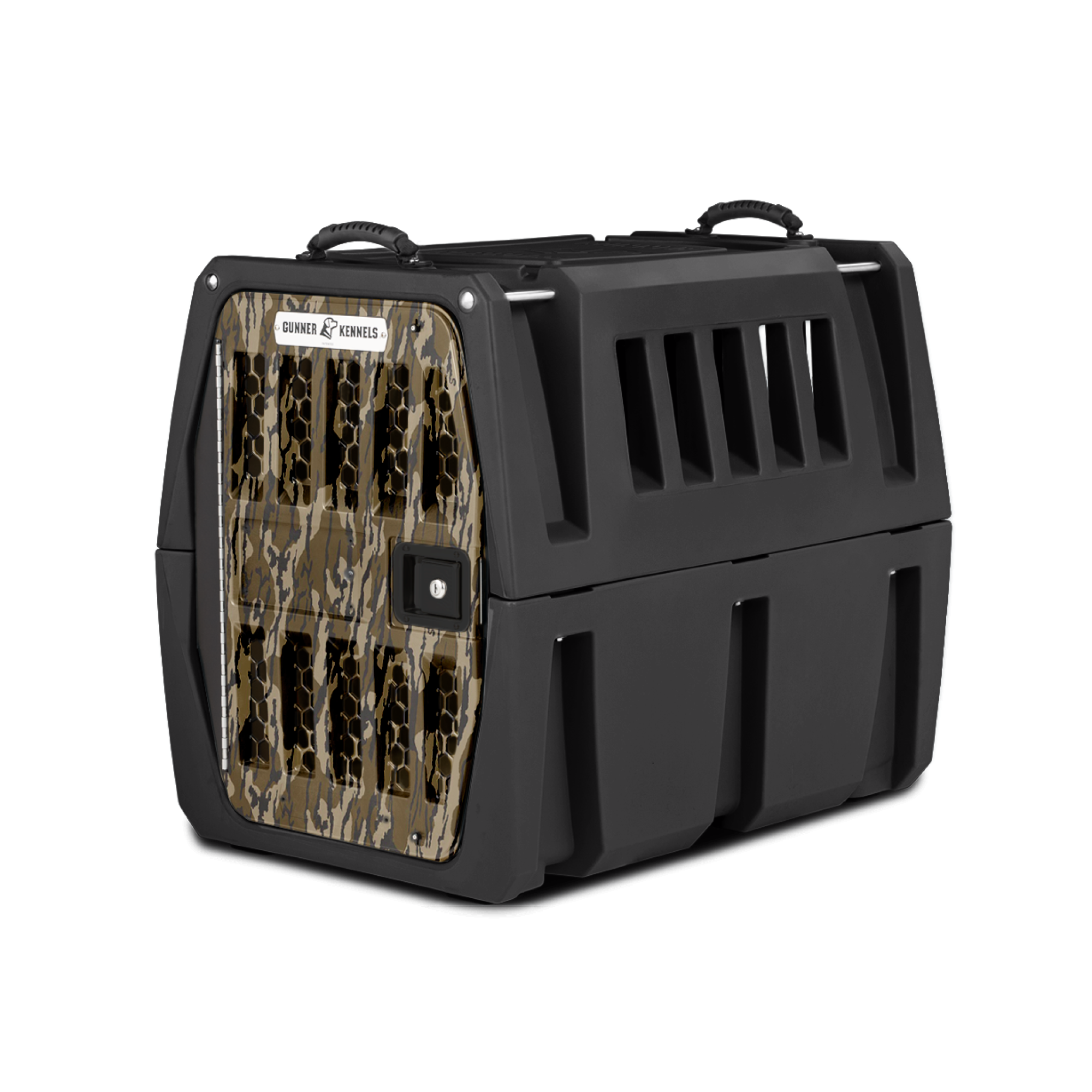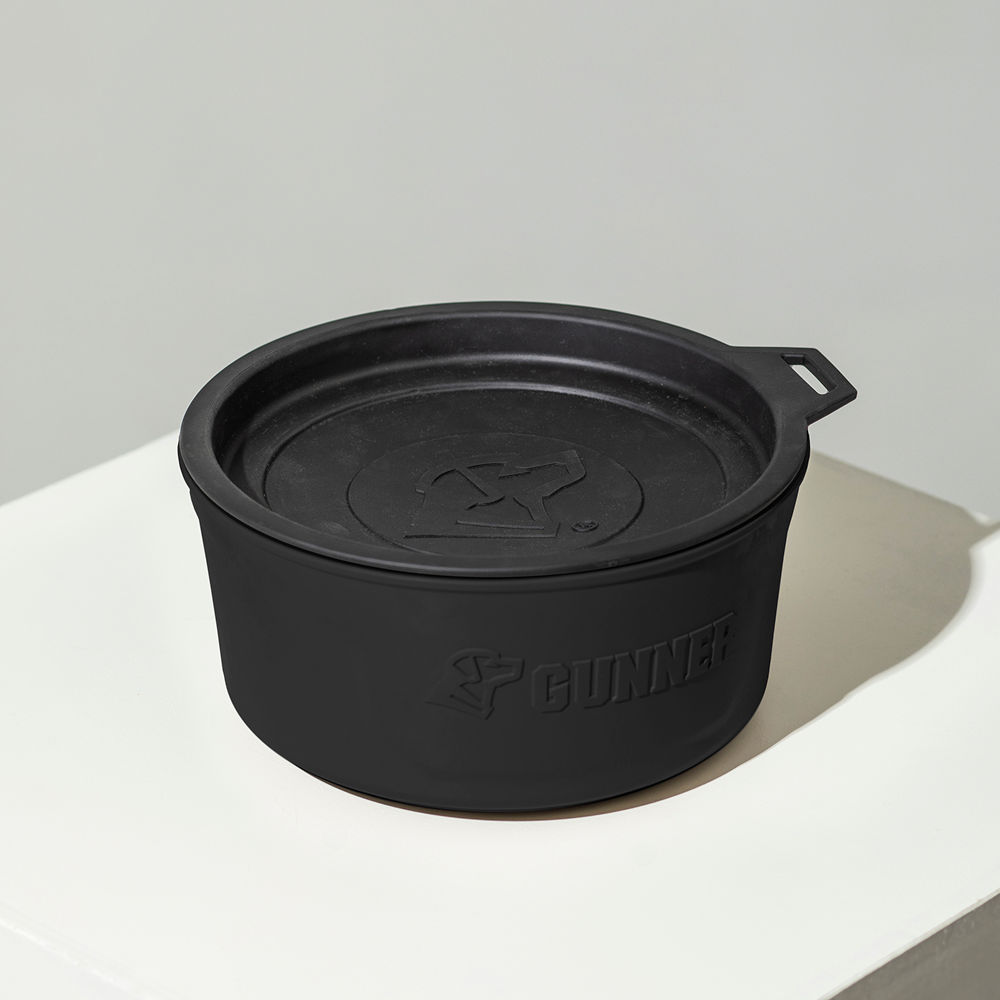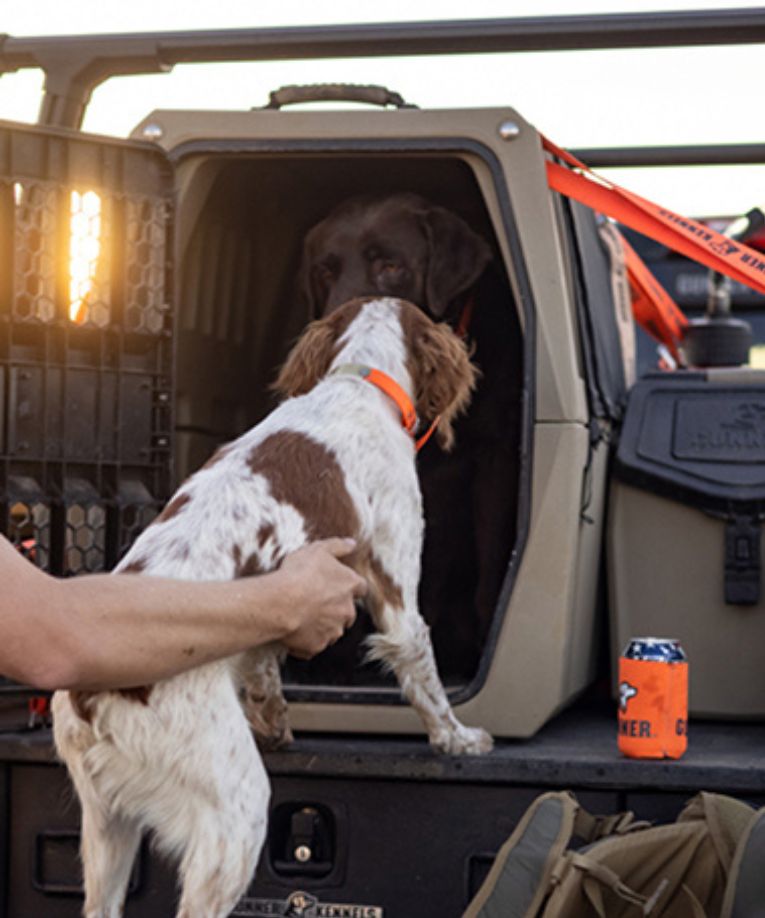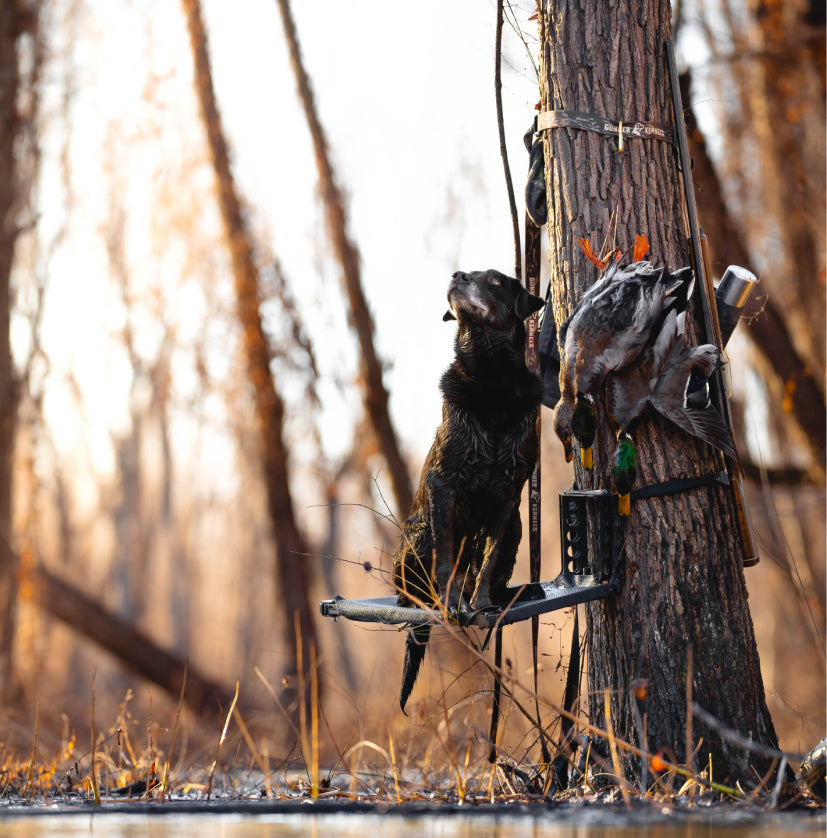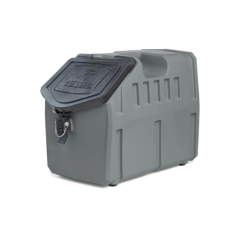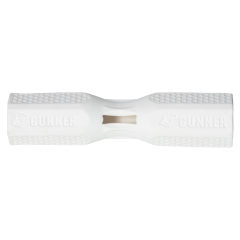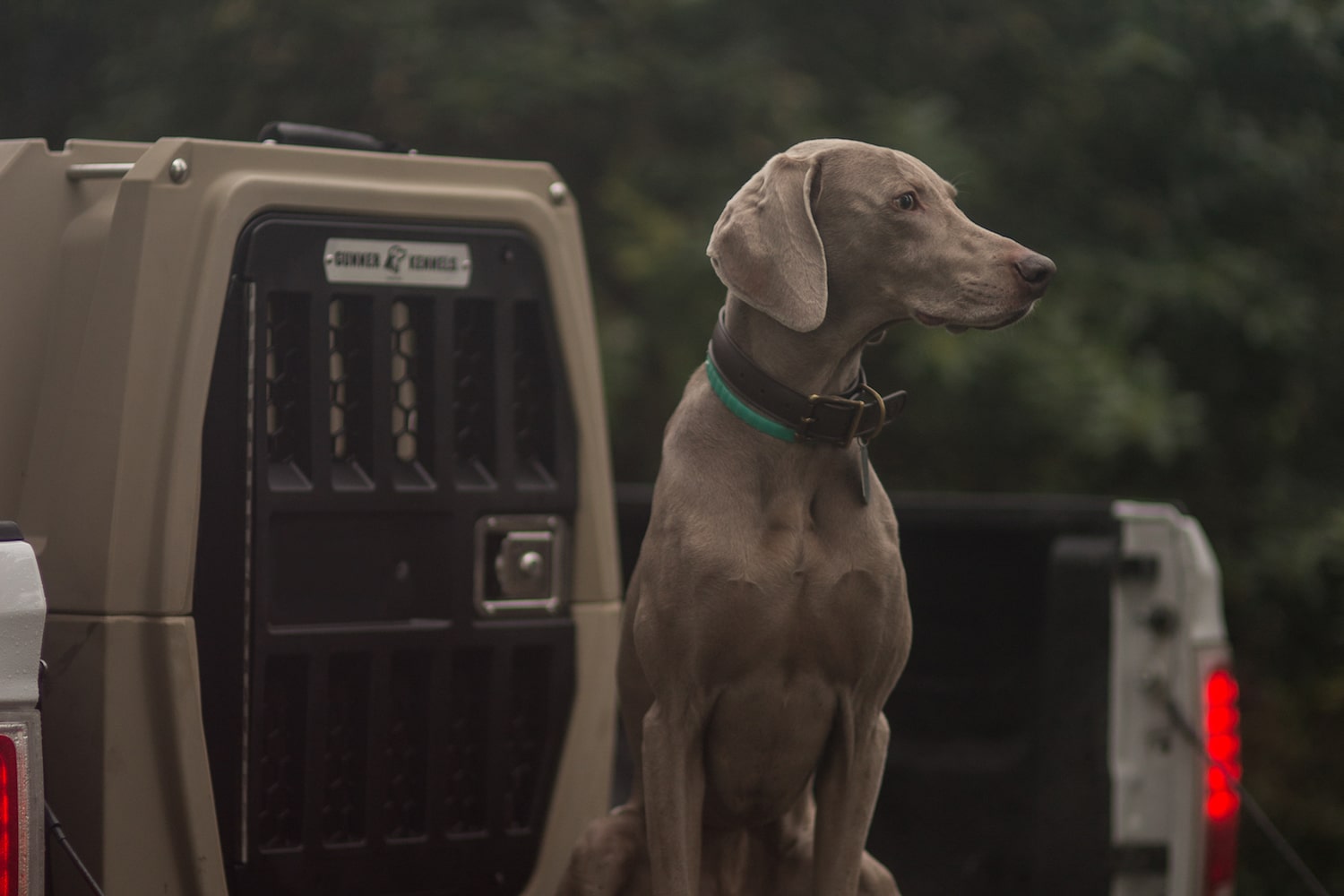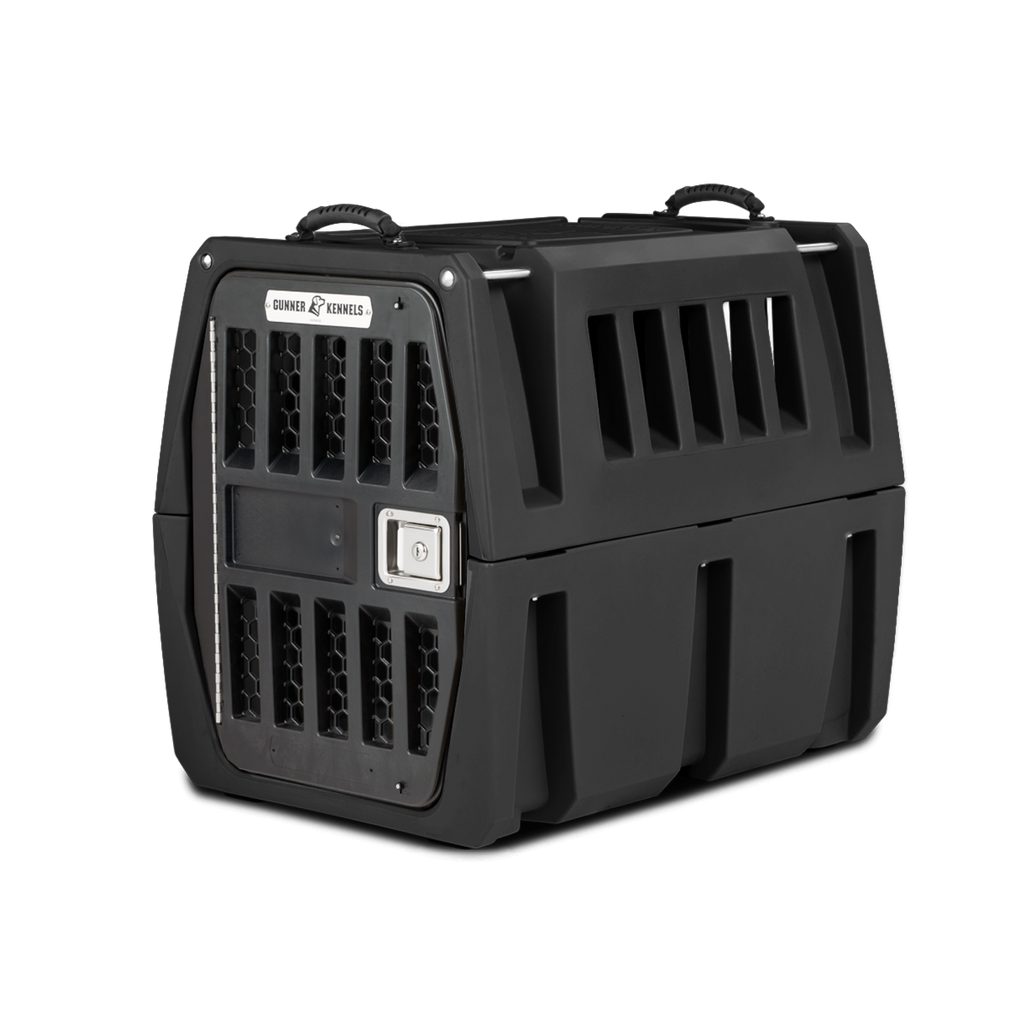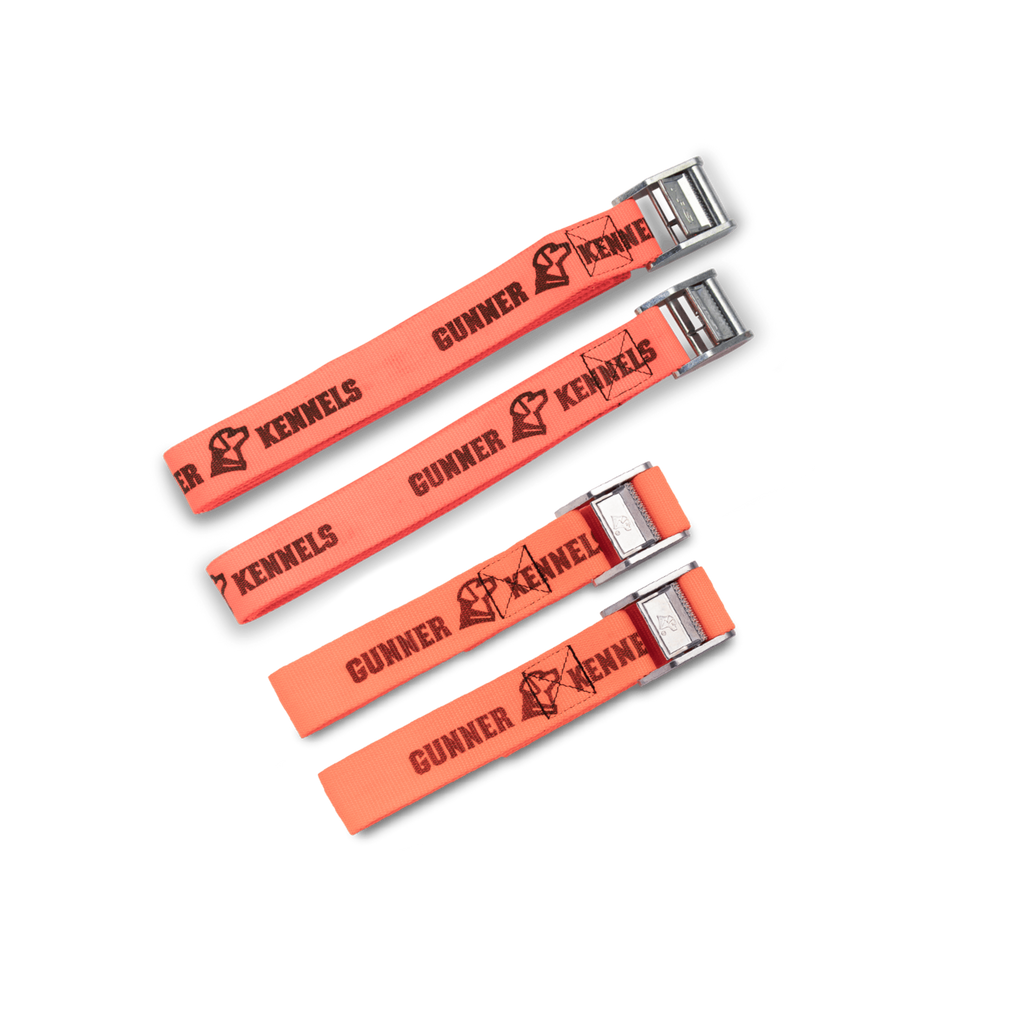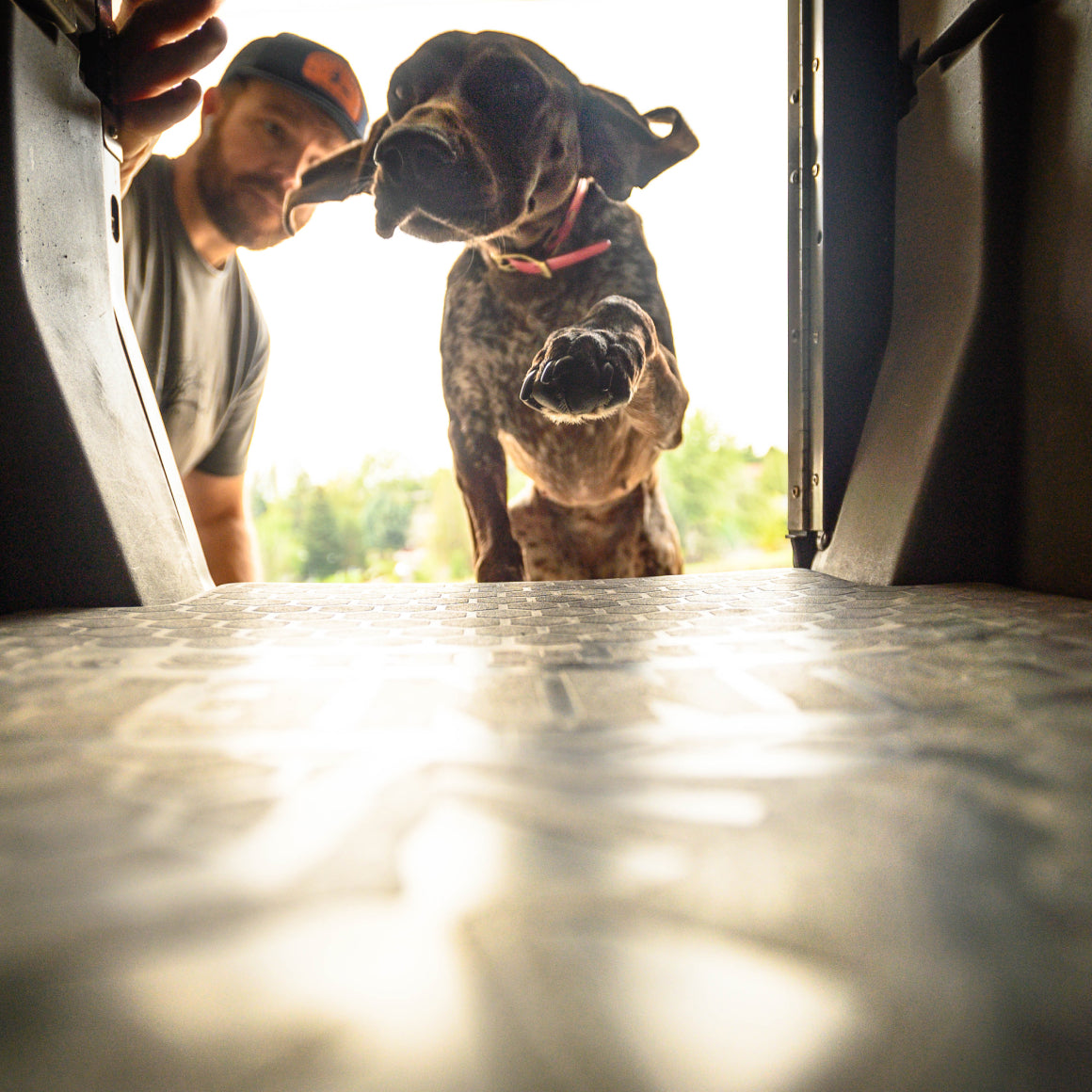Breed Group: Sporting
Life Span: 10-13 years
Temperament: Friendly, fearless, alert, obedient
Characteristics: Intelligent, Very Active; Weimaraners are athletic dogs of speed and endurance—an ideal runner’s companion
Trainability: Eager To Please
Height: 25-27 inches (male), 23-25 inches (female)
Weight: 70-90 pounds (male), 55-75 pounds (female)
Colors: 3
Origin: Germany
Background: Lauded for his ability to work with great speed, fearlessness and endurance when on the hunt, the Weimaraner is also known for being an easily trainable, friendly and obedient member of the family. This is a breed that loves children and enjoys being part of his family’s “pack.ʺ A well-trained Weimaraner is a delight to live with, but an untrained one is akin to a canine demolition derby. Puppies should be started in classes at an early age.
As history is reckoned, the Weimaraner is a young dog, dating back only to the early 19th century. The Bloodhound is believed to be among its ancestors, if not in direct line of descent, then certainly in a collateral way.
The Weimaraner that we know today is the product of selective German breeding, and it came from the same general stock which has produced a number of Germany’s hunting breeds, including the GSP.
It was extremely hard to obtain a Weimaraner at this point, since one had to be become a member of the club prior to purchase of the dog in a strict attempt to keep breeding and lines pure.
In fact, in its early days, the Weimaraner was known simply as the Weimer Pointer, its name deriving from the court by whom the breed was sponsored.
However, when the American Howard Knight became a member and imported two specimens to the US, he helped found the club in this country and served as its first president in 1929.
Throughout its early career, the distinctively gray Weim was propagated by nobles in the court of Weimar who sought to meld into one breed all the qualities they had found worthwhile in their forays against the then abundant game of Germany. Meanwhile, the Weim grew to become a bird-dog rather than a big-game dog due to shifting priorities and rarity of big game, leading to its use as a personal hunting dog.
In short, they sought speed, good scenting ability, courage, and intelligence. Formerly, the Weimaraner was a big-game dog used on wolves, wildcats, deer, etc. The AKC granted recognition to the breed in 1943, and curiously enough, the Weim has seen more actual competition of various kinds in America than it ever saw in Germany.
Fun Fact: The Weimaraner was originally used as a big-game dog used on wolves, wildcats, and deer.
Lauded for his ability to work with great speed, fearlessness and endurance when on the hunt, the Weimaraner is also known for being an easily trainable, friendly and obedient member of the family.
– AKC
Profile on the breed, as gathered from the AKC .

